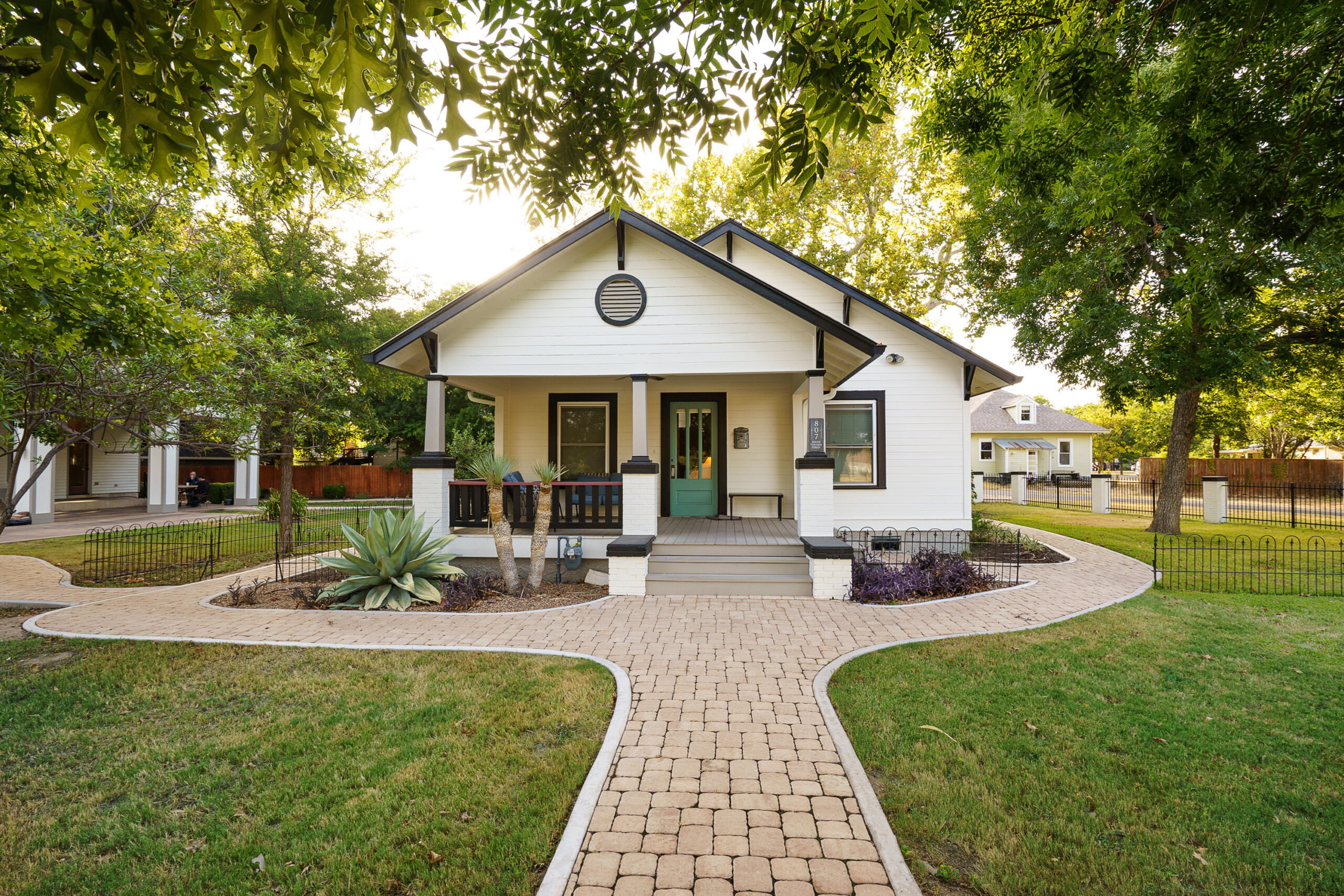The Essence of Bipolar Disorder Treatment
Bipolar disorder is a formidable challenge, oscillating between extreme mood swings. As someone who has dedicated over two decades to mental health, I have witnessed how inpatient treatment for bipolar disorder can be a transformative experience. This approach not only stabilizes patients but crafts a path toward a more balanced life.
At Alta Loma, we specialize in treating severe mental health issues by offering personalized care plans that focus on holistic recovery. Having seen numerous patients regain control of their lives through structured care, I am a staunch advocate for inpatient treatment for bipolar disorder as a crucial step in long-term recovery.
Inpatient treatment for bipolar disorder typically involves a range of therapeutic interventions, from medication management to expressive therapies. For those new to this journey, it’s crucial to seek facilities that offer comprehensive support tailored to individual needs. The serenity and structure found in dedicated inpatient settings can be paramount in managing the complexities of this disorder.
Why Family Support Matters
The role of family in the recovery process is an often underestimated yet potent component. At Alta Loma, we emphasize family involvement, recognizing it as a cornerstone in treatment. Families who actively participate in therapy sessions and educational workshops often witness accelerated recovery in their loved ones.
Family therapy serves as a dual-purpose tool–it educates relatives about the nature of bipolar disorder while providing a platform to heal and rebuild strained relationships. When families learn to communicate effectively and establish healthy boundaries, they create a supportive environment that fosters the patient’s recovery process. It’s not just about medication and therapies; it’s about rebuilding trust and understanding.
To aid this, we encourage the practice of open dialogue and regular family sessions, both of which help alleviate the tension that can arise from living with someone struggling with bipolar disorder. Providing resources and support for family members ensures they too are equipped to handle the challenges, helping to diffuse stress and conflict.
Medication and Therapeutic Approaches
Inpatient treatment for bipolar disorder often hinges on effective medication management. Balancing mood stabilizers, antipsychotics, or antidepressants necessitates close monitoring by mental health professionals. The goal is to mitigate mood swings and prevent relapses, ensuring patients achieve an equilibrium that supports their everyday functioning.
Therapeutic modalities such as cognitive behavioral therapy (CBT) complement medication by addressing negative thought patterns and promoting healthier behaviors. In my experience, integrating therapies like nutritional counseling and recreational therapy can dramatically enhance treatment outcomes. By incorporating activities such as yoga and mindfulness meditation, patients build resilience against stressors that might otherwise trigger episodes.
Alta Loma’s approach reflects these values, with a structured environment designed to stabilize and nurture. Each patient receives a customized treatment plan, marrying medical and therapeutic strategies to deliver holistic care that is as compassionate as it is strategic.
The role of experiential therapies cannot be overstated. Art and music therapy, for instance, allow patients to express emotions non-verbally, fostering creativity and offering new pathways for self-discovery. Such interventions are a testament to the multidimensional approach necessary for managing a complex condition like bipolar disorder.
Steps in Inpatient Treatment for Bipolar Disorder
The journey usually follows a comprehensive path, ensuring that every patient receives tailored care:
- Initial Assessment: Upon admission, a complete psychiatric evaluation determines the patient’s specific needs.
- Customized Treatment Planning: A collaborative team effort develops a treatment roadmap, integrating medication, therapy, and lifestyle interventions.
- Active Treatment Phase: Patients engage in individual and group therapies, alongside family sessions to build a robust support network.
- Progress Monitoring: Regular assessments track progress, adjusting the treatment plan as necessary to maintain optimal outcomes.
- Discharge and Continued Care: As patients approach stability, focus shifts to aftercare, preparing them for reintegration into the community with ongoing support resources.
What Qualifies as Inpatient Treatment for Bipolar Disorder?
Inpatient treatment for bipolar disorder is ideal for individuals experiencing severe mood episodes or those who have struggled with ineffective outpatient care. It provides a structured environment where patients receive intensive support and comprehensive care tailored to their specific needs.
- Severe depressive or manic episodes.
- Unsuccessful outpatient interventions.
- Need for medication adjustments in a controlled setting.
- Requirement for intensive therapy and monitoring.
The immersive environment ensures immediate attention to mental health needs while allowing for a holistic healing journey. This approach empowers patients through education and skill-building, setting a foundation for prolonged stability once they transition back into their communities.







